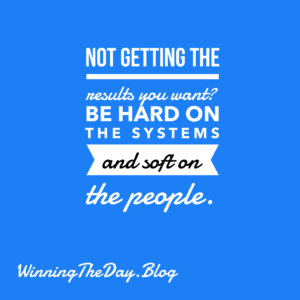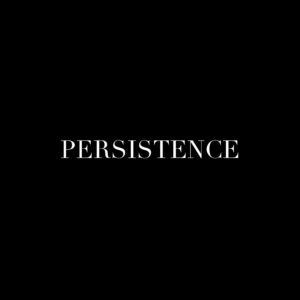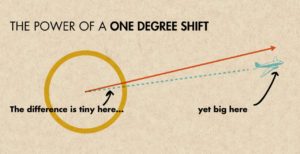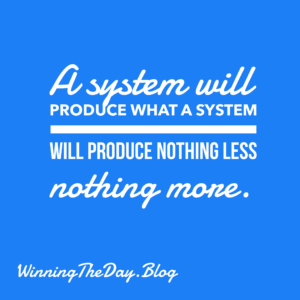This month’s market update from KCM gives us the:
5 questions consumers are curious about:
- When Will Mortgage Rates Come Down?
- What Will It Take for Prices To Come Down?
- Will I Be Able To Find a Home If I Move?
- Will The Housing Market Pick Up Next Year?
- Is the Market Going To Crash?
No one expects you to have a crystal ball, yet your prospects expect a fact-based point of view. The narrative below is intended for that purpose. (DM me for the slides)
The highlights?
- The census, Fannie Mae, MBA, NAHB, NAR project a 13% increase in home sales in 2025.
- On a typical day in October, 29.2% more homes were actively for sale than at the same time in 2023, marking the twelfth consecutive month of annual inventory growth and the highest count since December 2019.
- The Altos Reports – linked below – show how this trend is driving a more “balanced market” with a slight seller advantage in many markets.
- Mortgage rates? A study conducted by the Bright MLS indicated that 70% of buyers in the last year abandoned their search because of affordability. The folks over at Altos seem to suggest an infliction point when rates get to 6% and below.
- The consensus of Fannie Mae, MBA, NAR, and Wells Fargo below 6 and near 5.5%
- Remember – Bond Yields: Mortgage rates often track the yields on 10-year Treasury bonds.
- When bond yields rise, mortgage rates tend to follow.
- I have a white paper on “Mortgage Rates and Bond Yields.” If you are interested, send me a direct message.
- The National Debt? A challenge for lower mortgage rates.
- Consumer debt is at record levels, yet home equity is also at record levels.
- The implication?
- Historic equity – and a shortage of supply – indicates a crash is not likely.
So what should we expect in 2025?
- More homes to sell next year – at least 13% more (consensus)
- Mortgage rates to decline below an infliction point
- Price appreciation to slow – a consensus projection of around 2.5%
- The unknown – institutional investors are holding on to a significant portfolio of residential homes – when will other investments create higher returns and an inventory sell-off?








